Welcome to: ‘Krung Thep Mahanakhon Amon Rattanakosin Mahinthara Yuthaya Mahadilok Phop Noppharat Ratchathani Burirom Udomratchaniwet Mahasathan Amon Piman Awatan Sathit Sakkathattiya Witsanukam Prasit.’
These 166 characters represent Bangkok‘s official name, which holds the Guinness World Record for the longest place name in the world.
Visiting Bangkok could be one of the most chaotic yet lively and joyful experiences you will ever have. Just as Anthony Bourdain once said: ‘‘Your body is not a temple. It’s an amusement park.’’ This mindset will lead you through Bangkok’s vibrant street food districts, millennia-old temples, magnificent royal palaces, and serene parks with some untamed, wild creatures!
In this article, we will explore the historical, religious, modern, and iconic architectural landmarks of Bangkok so that you won’t miss them in the thrilling chaos of one of the most exciting trips of your life! Here are 10 Must-See Landmarks of Bangkok:
1. Wat Arun Temple
If you will ever be asked in a quiz night whether there is a temple made of porcelain, your answer will be: ‘‘Yes, the Wat Arun Temple!’’, and you will get the points. The entire surface of the temple is decorated with delicate pieces of Chinese porcelain, colorful ceramics, and seashells. They create a shimmering effect with the first sunrays of the day. This temple is also called the ‘Temple of Dawn’, and it was envisioned as a temple of the first light of the day.
From 17th century till this day, the temple still takes breaths away. Wat Arun’s most striking construction is the central Prang which is 70 meter tall and decorated with colorful porcelain as the rest of the temple. Royal temples which are influenced by Khmer-style architecture may include this type of prangs to symbolize Mount Meru, the sacred mountain at the center of the universe in Hindu-Buddhist cosmology.
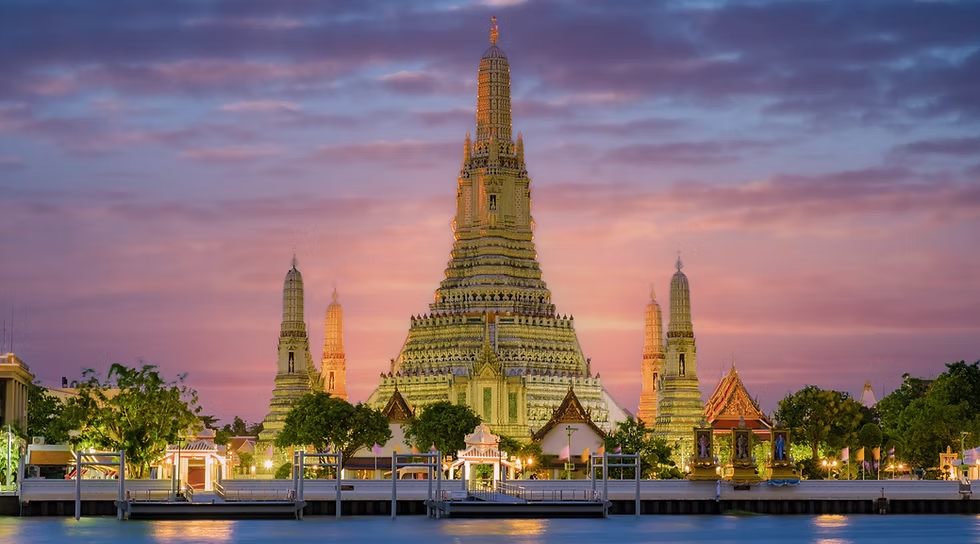
2. The Grand Palace
This 18th century architectural beauty is a complex of Thai King residents and administrative buildings. Constructed with the royal command to move the capital in 1782 and serve as a palace to the new king. Today, it serves as a spiritual and ceremonial center of Thailand and a must-see place for any visitor.
Overall constitution covers 218,000 square metres. Within the complex, there are epic statues, Buddha images and figures, halls, museums, chortens, mausoleums, belfries and many more. The architectural complex is an example of Thailand’s modernization. Chakri Maha Prasat Hall within the complex is a European-style architecture with columns, balconies, and arched windows. This overall constitution demonstrates how Thailand is open to different cultures without losing its own identity.
Ps. To all visitors, there is a dress code for the palace. Make sure that your shoulders and legs are covered. You are stepping into Thai royal design.
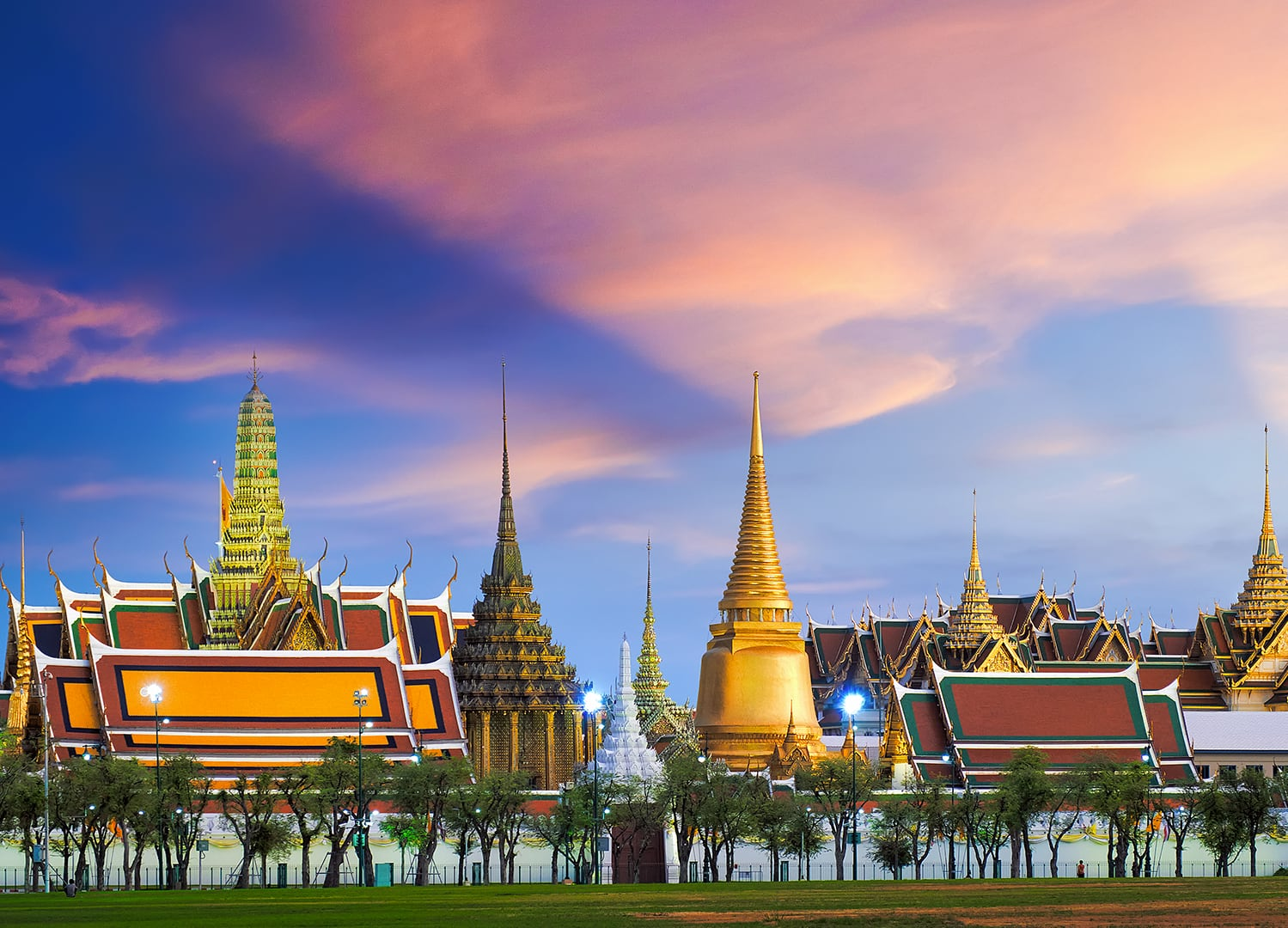
3. Temple of the Emerald Buddha (Wat Phra Kaew)
There is a reason why Temple of the Emerald Buddha comes after The Grand Palace. You guessed it! Yes, the temple is within The Grand Palace complex, and you cannot miss it.
The Emerald Buddha in the Grand Palace is one of the main attractions in the complex. This temple is regarded as the most sacred Buddhist temple in all of Thailand.
There is a Buddha statue with its yogic meditative posture, and it is placed high above due to respect and despite its name, it is carved from jasper stone and ornated with gold and diamonds. The craftsmanship suggests that it was crafted around 15th century in Northern Thailand. However, it is believed that wherever the statue resides, there rises prosperity and good fortune.
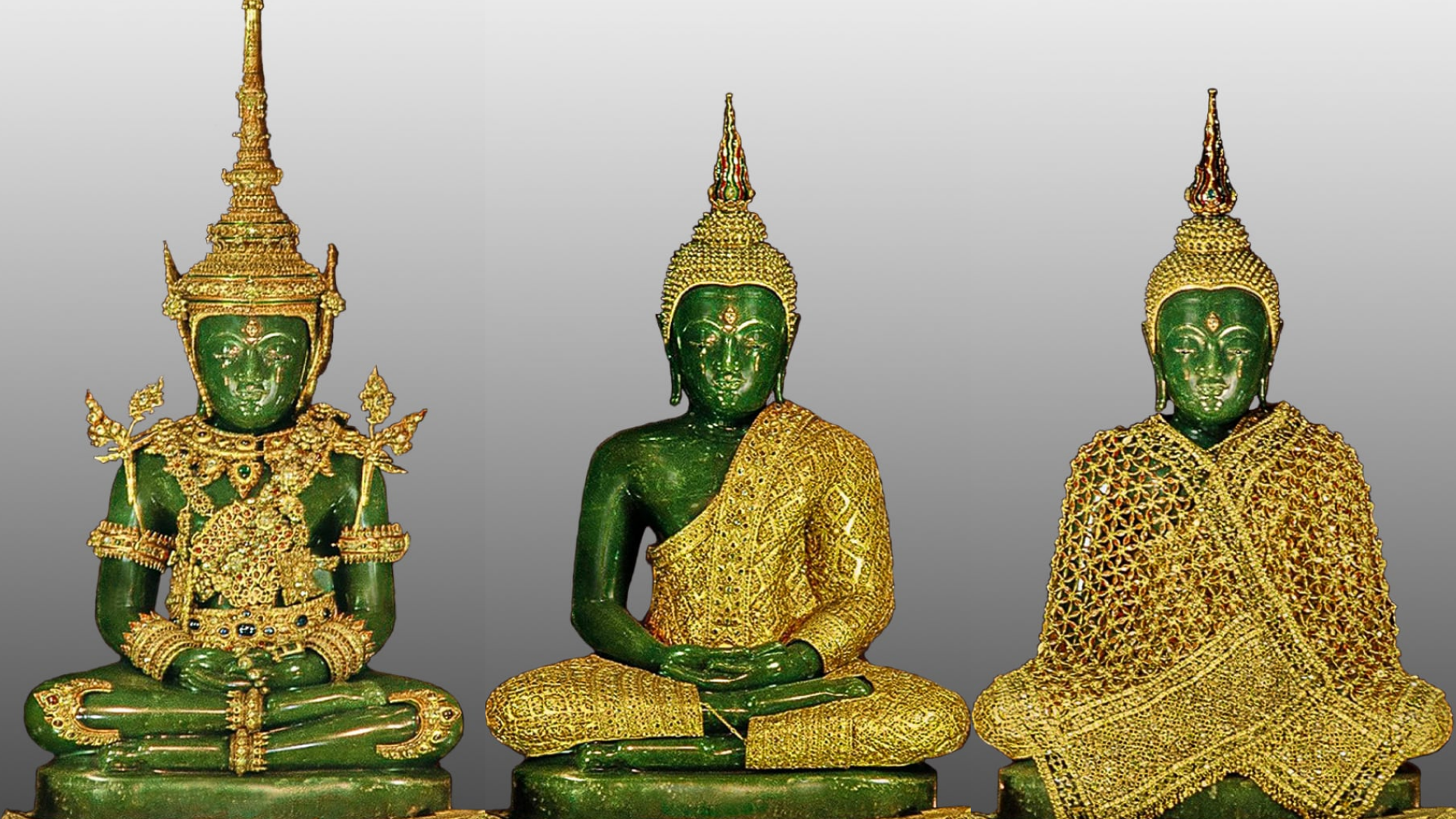
The statue is dressed differently during the ceremonies to mark the season’s change, which is performed three times a year. Only the king is allowed to touch the statue and change the gold cloth.
4. Wat Pho (Temple of the Reclining Buddha)
Wat Pho is one of the most important temples in Bangkok. King Rama I started restoring it in 1788. The overall restoration lasted sixteen years. The temple is full of intricate details, colorful tiles, Thai patterns and motifs, murals depicting Buddhist cosmology and teachings.
Wat Pho was not meant to be only a temple. The complex was designed to serve as a center for Thai art, education, and traditional medicine. You can still have classes and courses to learn original Thai massage here. It is also one of the 9 sacred places in Bangkok where people go to pray for happiness.
One of the main reasons this temple is famous is its Reclining Buddha Statue. The giant statue is an 18th-century work, made of plaster and bricks, covered with gold. “How giant?” You may ask. Well, it is 46 meters long and 15 meters high. To be able to comprehend the size I would like to give you examples- but of course you need to visit it yourself. The statue is about the same size as a blue whale! The foot of the statue is 5 meters long and 3 meters high, which is roughly a two double-sized bed. And it is ornamented with symbols like fish, lotus flowers, a throne, and Mount Sumeru (a sacred mountain in Buddhist mythology).
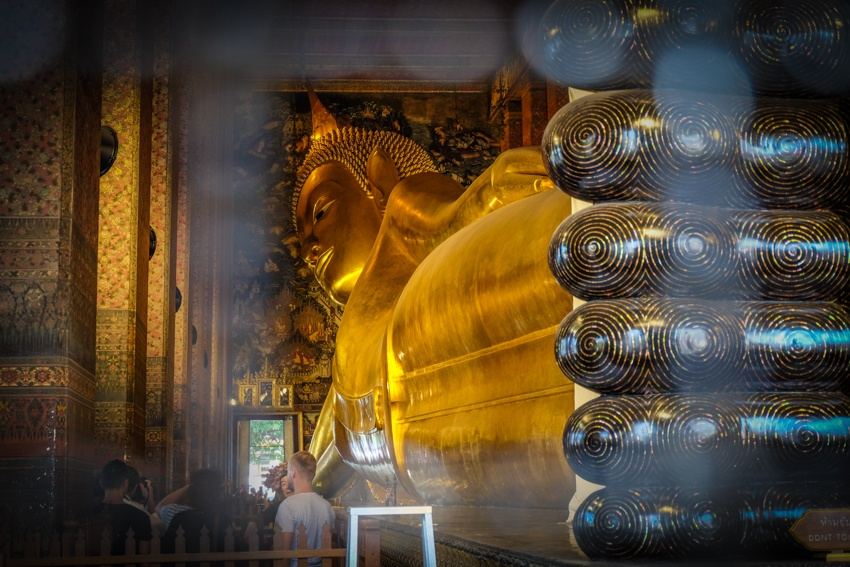
5. Dusit Palace
In the early 20th century, with the return of King Rama V from Europe, modernization era started in Thailand. According to King Rama V, embracing certain Western technologies and architectural styles will help maintain Thailand’s political stance. By adopting such developments, Thailand remained the only Southeast Asian country that was never colonized.
Dusit Palace is an important example of a political genius, blending European architectural style with traditional Thai elements. This palace is a statement of modernization and Thailand’s adaptability to the fast-paced changing world. The entire new royal district includes the world’s largest golden teakwood structure, called Vimanmek Mansion. Although the structure is closed for now, you can still visit the courts, pavilions, gardens, and the centerpiece Ananta Samakhom Throne Hall.
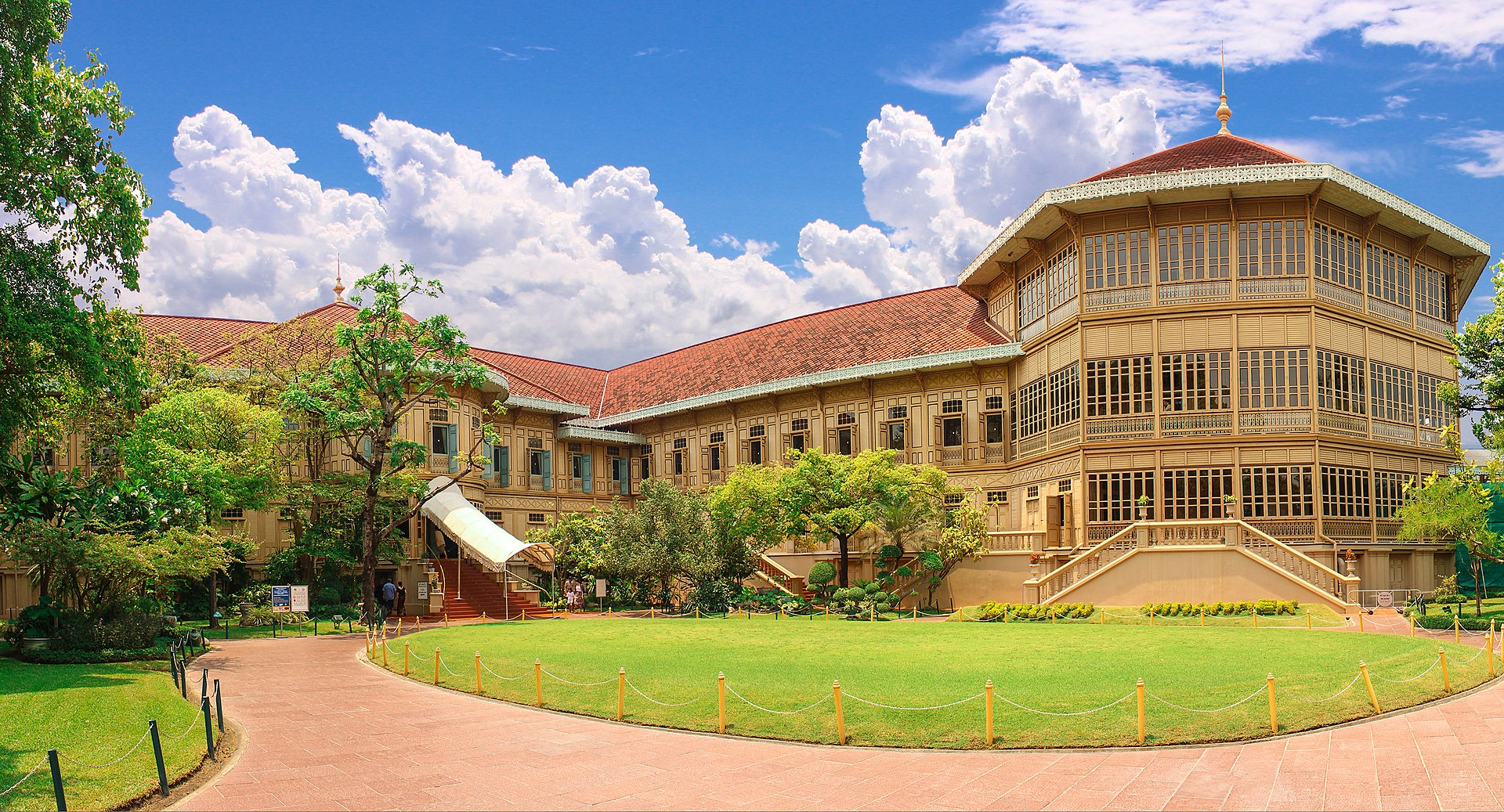
6. Ananta Samakhom Throne Hall
This throne hall was built in the 20th century within the Dusit Palace complex. It is an important example of modernization in Thailand. The building was constructed by Italian architects using Carrara marble, a popular building material from Carrara, Italy. The hall was primarily used for royal receptions; now, it serves as a museum and exhibition area.
The interior, filled with frescos by Italian painters depicting rich Thai history, is already an art exhibition worth visiting. This architectural gem is an admirable work of blending Western neoclassical aesthetics with a tropical culture. It offers intricate details to get lost in.
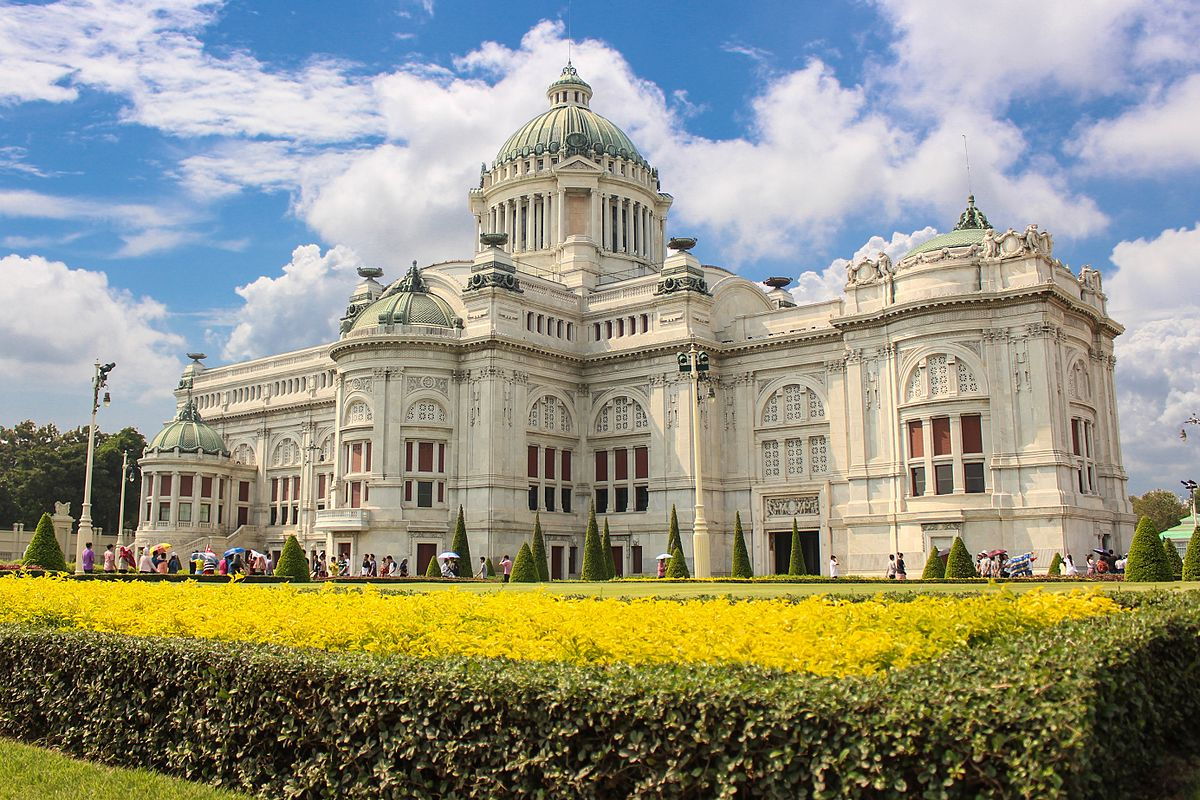
7. Bang Khun Phrom Palace
Another palace that was built during the reign of King Rama V was Bang Khun Phrom Palace. Built around 20th century, this building is an important example of European Baroque architecture style in Thailand. Plus, construction of this palace was another milestone in country’s modernization movement and its effort to maintain its sovereignty from colonization.
The design features of the palace include delicate reliefs, ornamental pediments, sleek stucco work, all blended with tropical softness. This graceful building now serves as the Bank of Thailand Museum, allowing its visitors to learn about the financial and economic history of Thailand. This architectural work perfectly links design, culture, politics, and finance all in one.
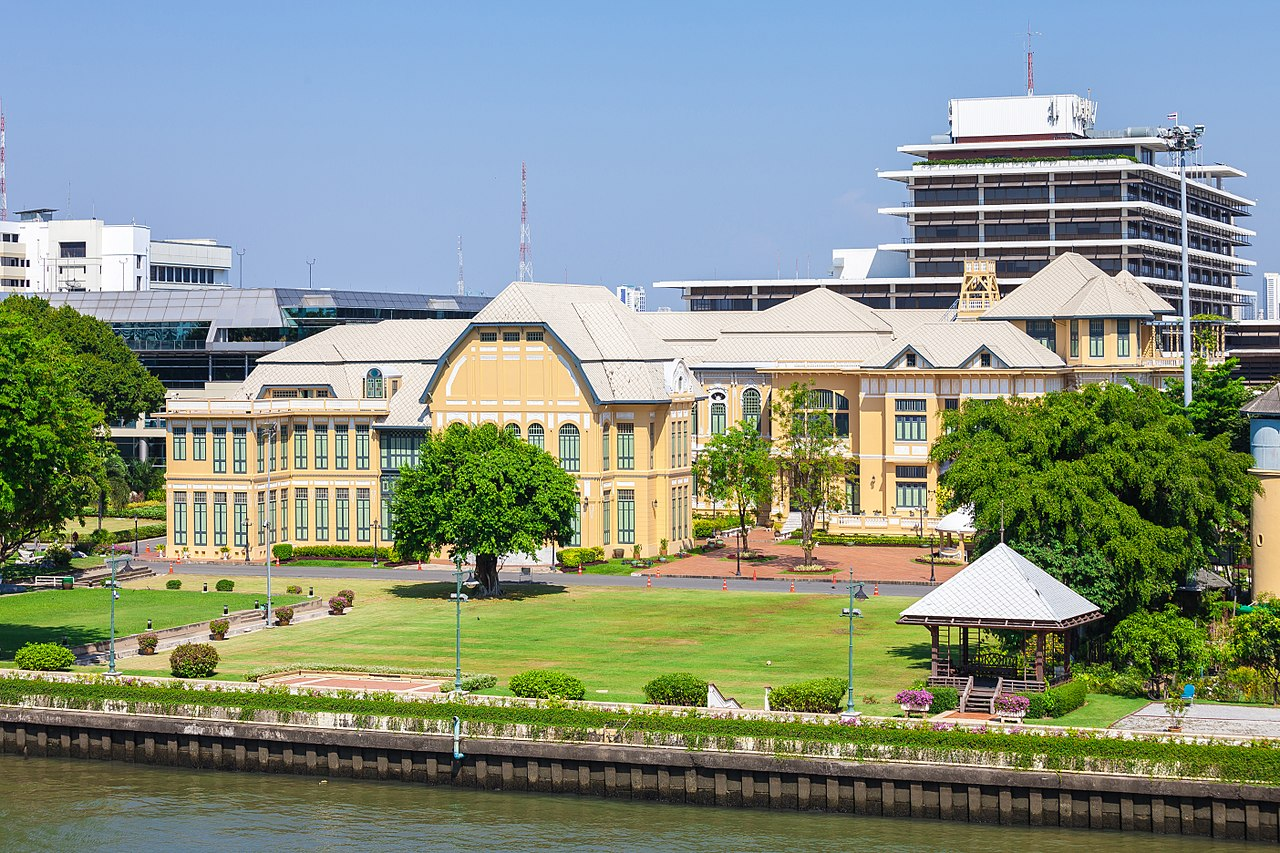
8. Baiyoke Sky Tower
Last quarter of the 20th century: Towers are rising. This 90s-style skyscraper is primarily built as a hotel. This symbolizes Thailand’s vertical settlement in the 20th century, aiming to attract more tourists and create an urban tourism, while also showcasing the world a financial ambition.
Baiyoke Sky Tower is one of the tallest hotels in the Southeast Asia. It offers an observation deck for the tourist. The 360-degree rotating deck on the 84th floor provides an unforgettable view. The overall building is 328 meters and stand out in the Bangkok’s skyline. The building appears functional, minimally decorated, sleek and unified representing the era it was built. Don’t miss out this its breathtaking view!
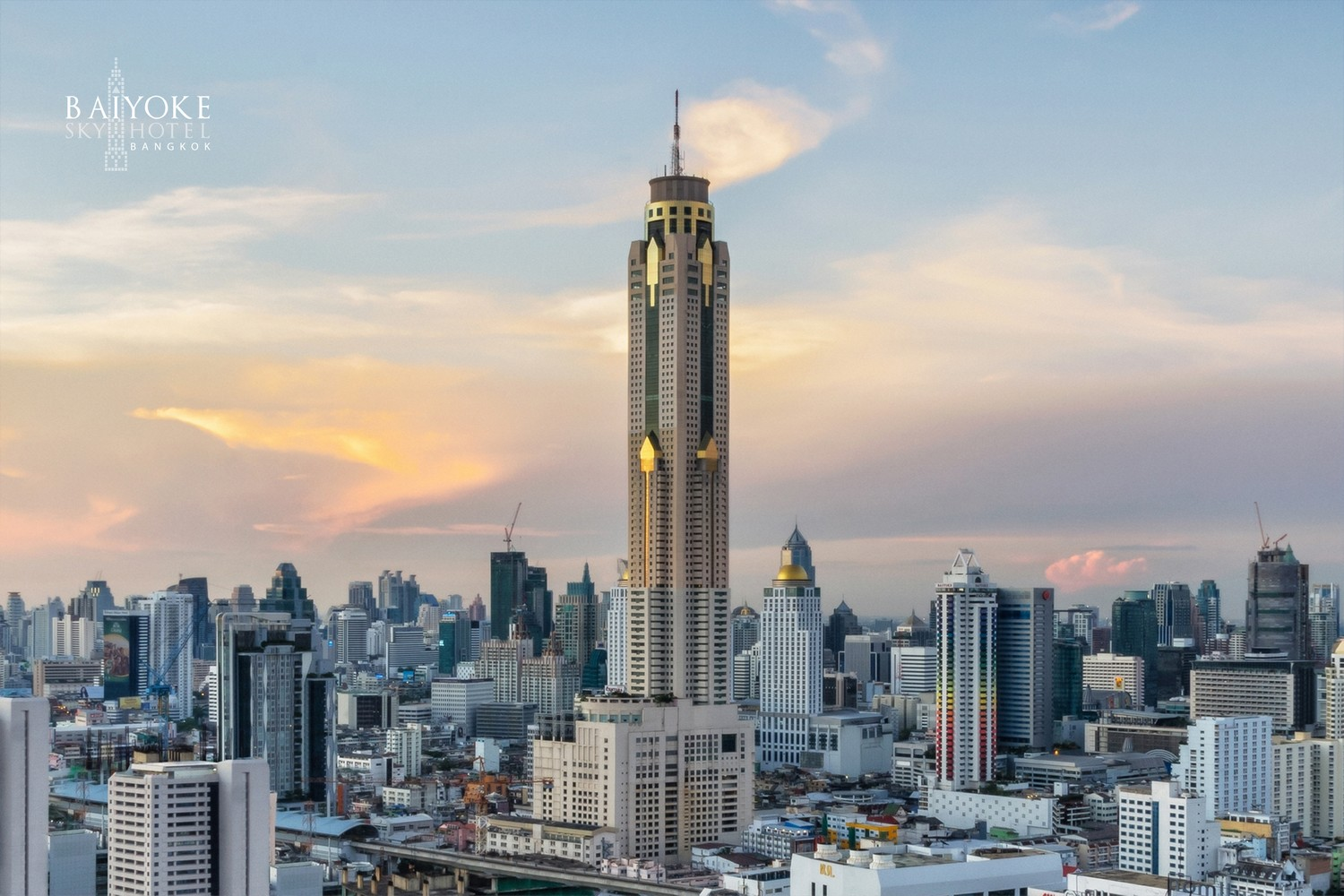
9. MahaNakhon Tower
Moving on to the 21st century: After visiting old temples and magnificent palaces, your eyes may miss seeing the glass façade and tall residential buildings. Well, they are not hard to point out in Bangkok.
MahaNakhon Tower is one of the tallest buildings in the city with its 314 meters height. It is not only residential and office building. It offers visitors a grand view and observation deck at its highest point. This contemporary building is a symbol of Thailand’s global stance as Thai meaning of the tower’s name suggests: Great Metropolis.
Don’t miss visiting this German architecture and the SkyWalk that allows you to view the city 360° from the 78th floor!
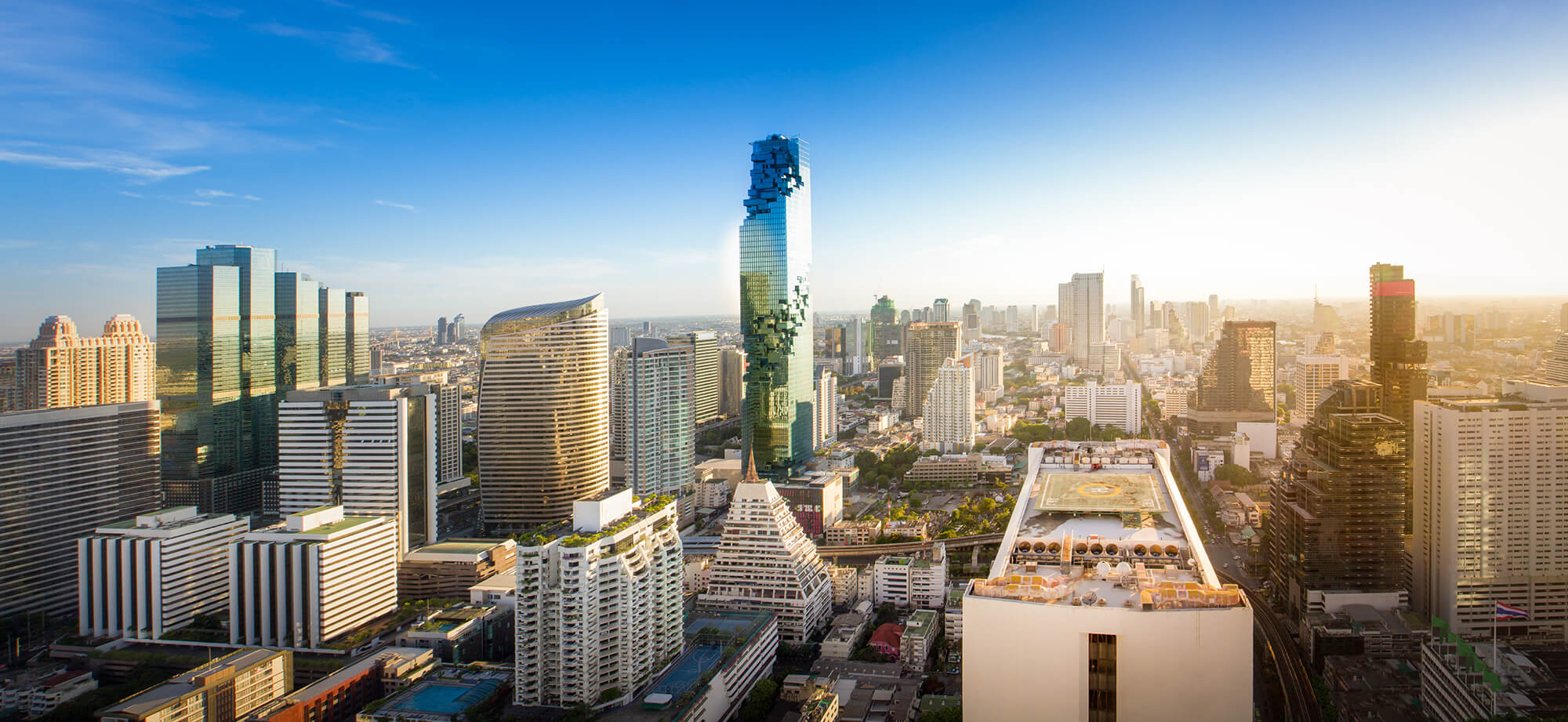
10. ICONSIAM
‘The Icon of Eternal Prosperity’ is the slogan of the shopping mall complex. Labeling this masterpiece as only a ‘mall’ could be an understatement. This cultural and commercial landmark houses the diverse culture of Thailand and Thainess in a photo-ready, curated environment.
One of the mall’s attractions is SookSiam, where the 77 different provinces of Thailand are represented with their food, culture, art, traditions, and lifestyle. With more than 3,000 local businesses, SookSiam is a cultural ride all by itself. Whether you want to buy a chic souvenir, locally produced presents for your friends and family, or watch a traditional or world-class performance, you can find it all in one building.
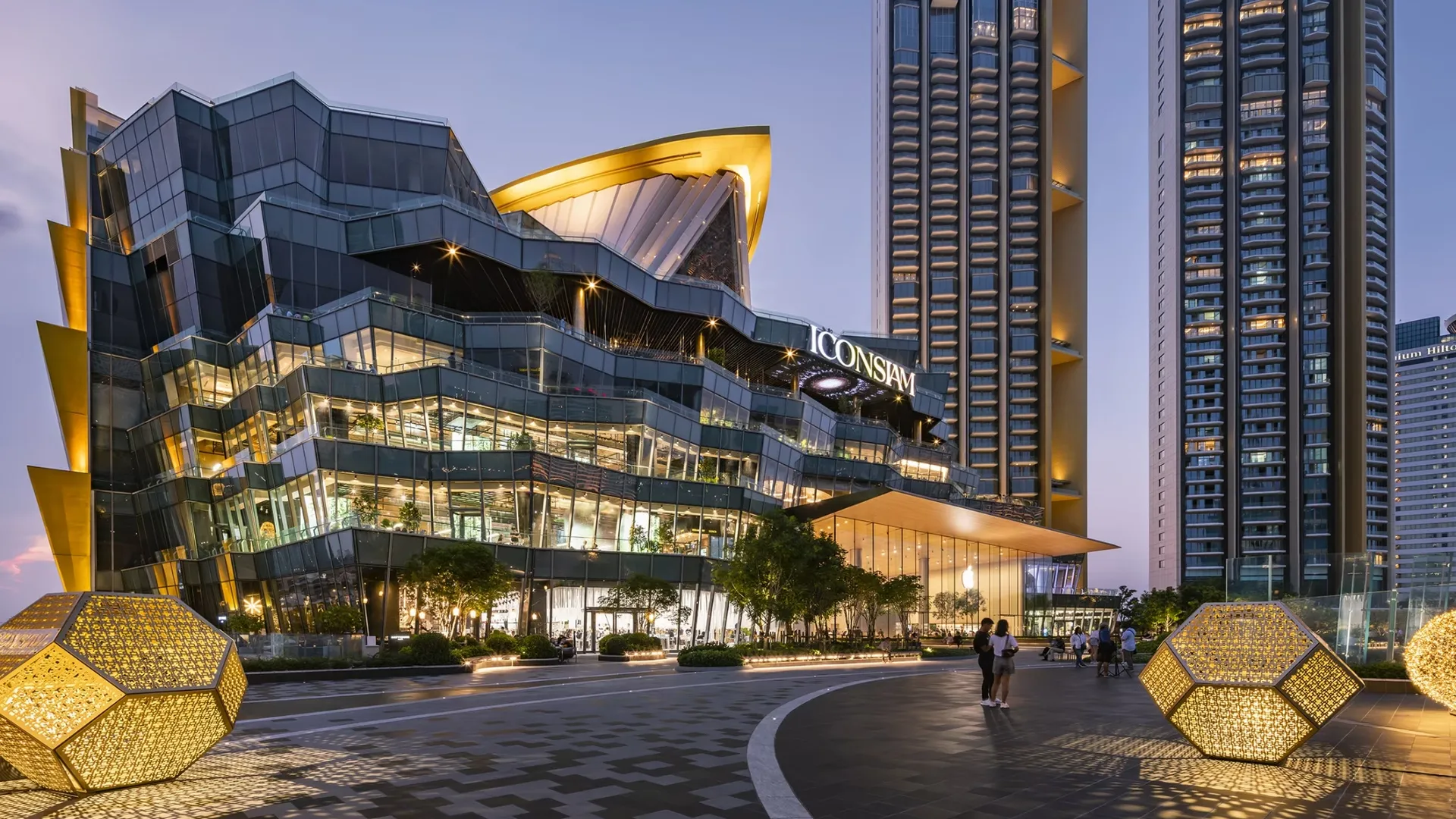
Thailand offers a balanced mixture of old and new, modern and classic, contemporary and traditional. You will deeply feel the country’s transitional eras as you go by river by river, canal by canal. Each architecture represents how the country has proven its rich culture and identity over the surrounding power of foreign influence.
Let this guide be your compass along your chaotic yet lively and joyful visit to Bangkok. Remember to be present, be respectful to Buddha and feel the vibrant city that transcend history.



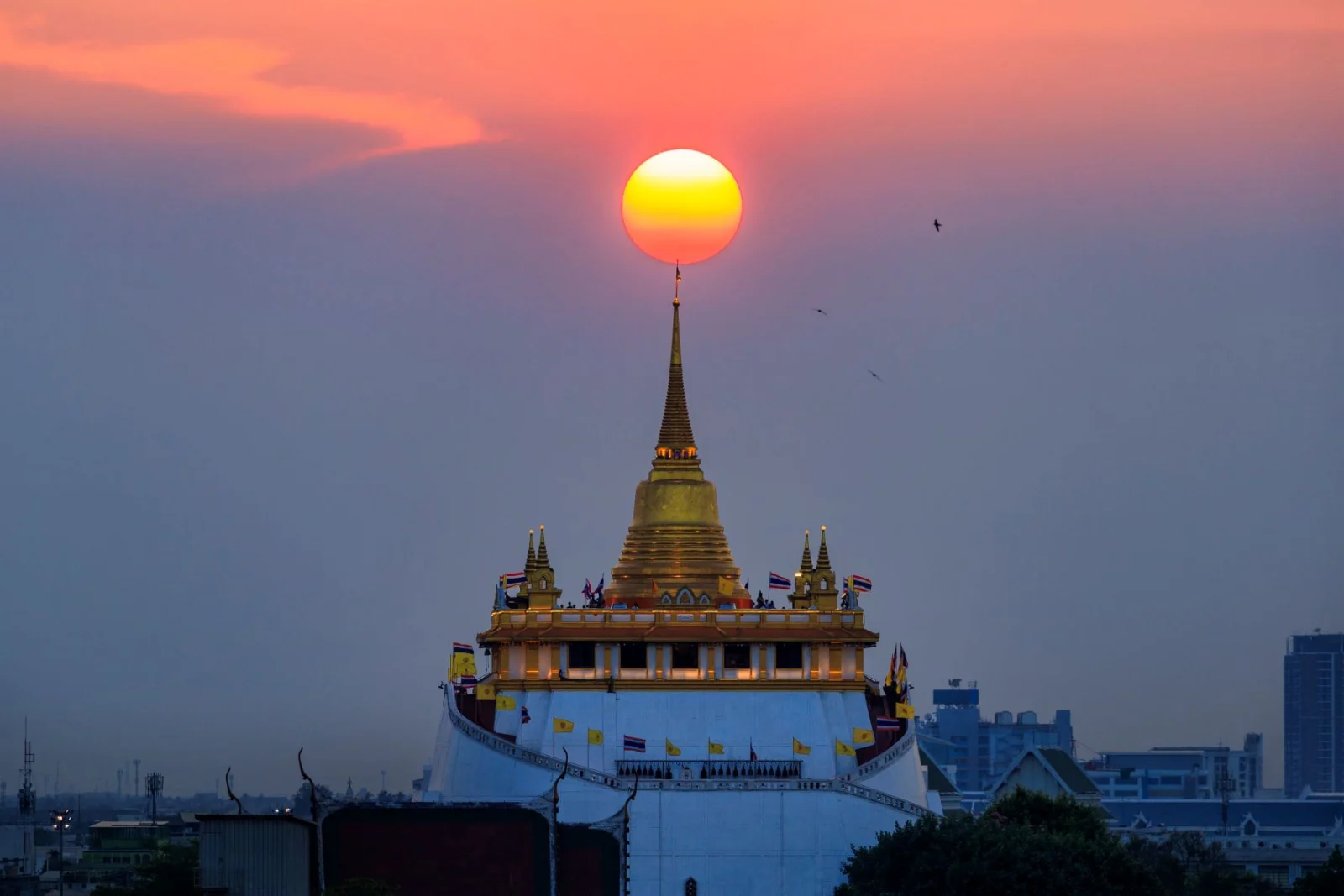
















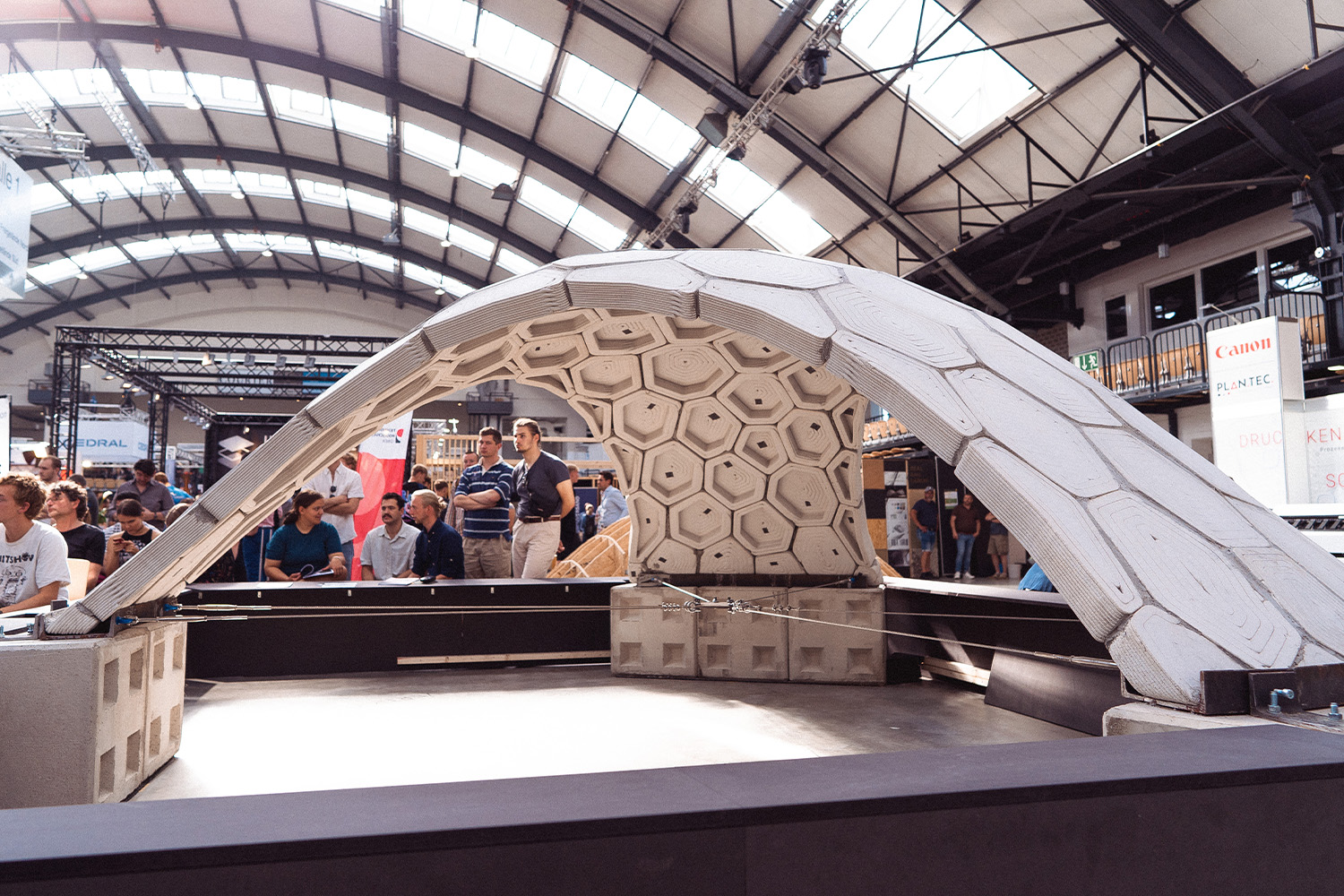


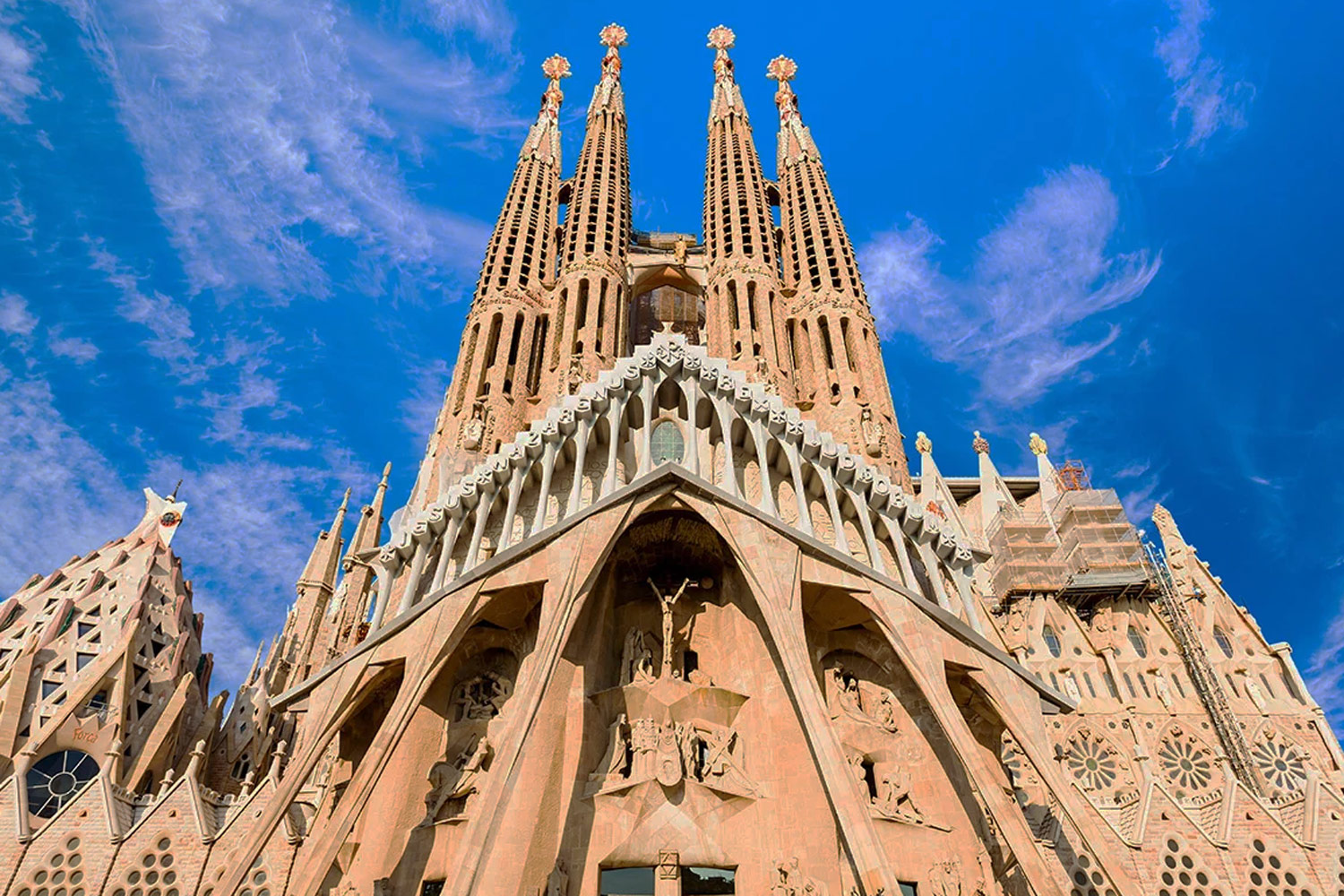
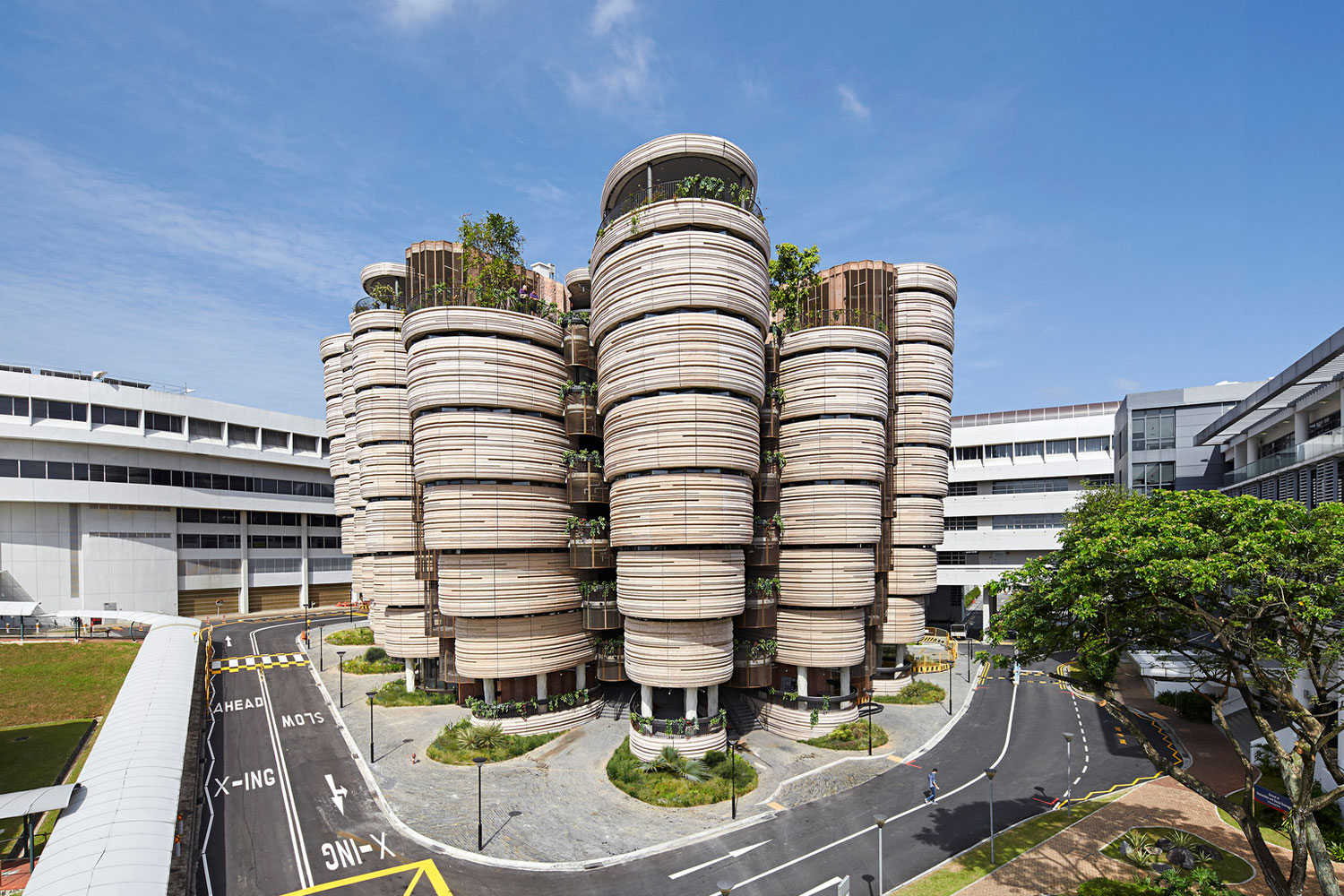




Leave a comment